Please watch this to understand Viral loads!
Why you should watch: because new viruses come around every season! Understand this and the life you save may be your own!
Quantum Physics and Movie Lovers: Watch
“What The Bleep Do We Know” Movie on Youtube!
here is the link:
https://youtu.be/pCWvRI8G5s4
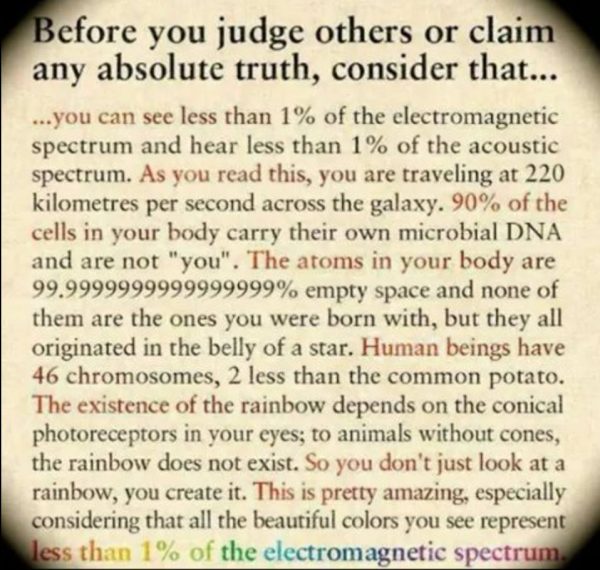
More about how your
Viral Load Predicts Mortality in COVID-19 Patients With or Without other conditions
The amount of SARS-CoV-2 virus, or “viral load,” in c\ronic illness patients and in the general inpatient population upon hospital admission may predict their risk of dying of the infection, according to a study led by researchers at Weill Cornell Medicine and NewYork-Presbyterian.
The findings provide new insights into the relationship between viral load and the risk of severe illness in both populations and may help guide treatment decisions.
Mask -We strongly recommend, when with others -you should wear one if you are challenged by an increase in your viral load.
Not just because the CDC recommend the use of facemask or face coverings to prevent COVID-19!
Face masks were worn by the Greeks:
The Greek word for a mask is ?????????? [pros?peion][1] or ???????? [pros?pon] which also means “face, countenance”
Countenance means: support and a person’s face or facial expression as a noun. As a verb it means: admit as acceptable or possible.
Wear face coverings in public settings where other social distancing measures are difficult to maintain, such as grocery stores, pharmacies, and gas stations. Face coverings may slow the spread of the virus and help people who may have the virus and do not know it from transmitting it to others. It means to acceot it is possible to create safety and support for others and you!
While people who are sick or know that they have COVID-19 should isolate at home, COVID-19 can be spread by people who do not have symptoms and do not know that they are infected. That’s why it’s important for everyone to practice social distancing (staying at least 6 feet away from other people) and wear cloth face coverings in public settings. Mask coverings provide an extra layer to help prevent the respiratory droplets from traveling in the air and onto other people.
Why should I wear a mask:
Should I wear a mask when traveling?
Government, scientist, and researchers recommends that everyone wear a mask over their nose and mouth when in public, including on public transportation and in transportation hubs such as airports and stations. Masks slow the spread of COVID-19 because they help keep people who are infected from spreading respiratory droplets to others when they cough, sneeze, or talk. Medical masks and N-95 respirators are for healthcare workers and other first responders, as recommended by current CDC guidance.
Some people shouldn’t wear masks:
• Children younger than 2 years old
• Anyone who has trouble breathing
• Anyone who is unconscious, incapacitated, or otherwise unable to remove the mask without help

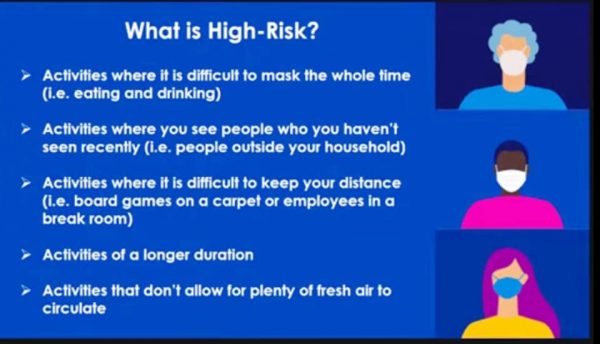
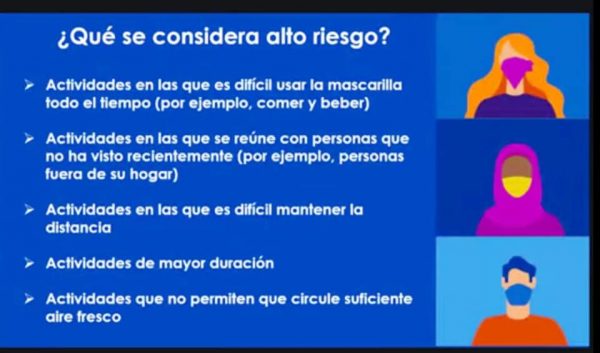

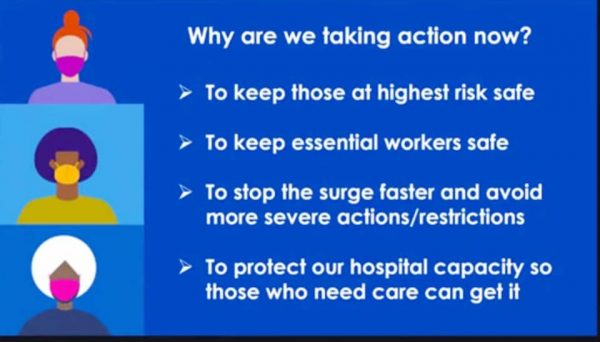
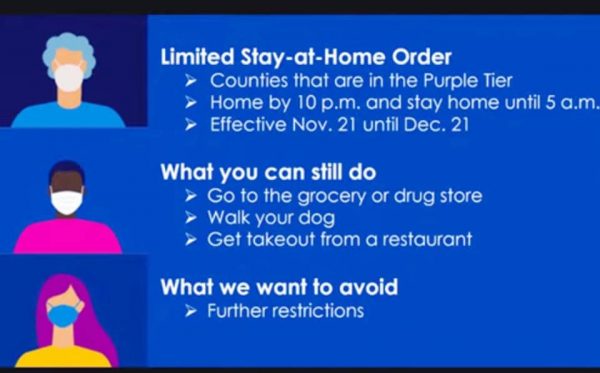
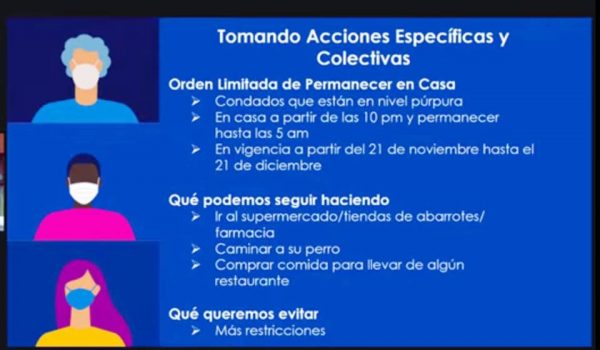
If you get Covid-19 what should you do
What should I do if I get COVID-19?
I-MASK+ Prophylaxis & Early Outpatient Treatment Protocol for COVID-19
Most people who get COVID-19 will be able to recover at home. CDC has directions for people who are recovering at home and their caregivers, including:
• Stay home when you are sick, except to get medical care.
• Use a separate room and bathroom for sick household members (if possible).
• Wash your hands often with soap and water for at least 20 seconds, especially after blowing your nose, coughing, or sneezing; going to the bathroom; and before eating or preparing food.
• If soap and water are not readily available, use an alcohol-based hand sanitizer with at least 60% alcohol. Always wash hands with soap and water if hands are visibly dirty.
• Provide your sick household member with clean disposable facemasks to wear at home, if available, to help prevent spreading COVID-19 to others.
• Clean the sick room and bathroom, as needed, to avoid unnecessary contact with the sick person.


Overall, they found that the in-hospital mortality rate did appear to reflect viral load at admission: the rate was 15.3 percent for COVID-19 patients with a low viral load, 24.1 percent for patients with a medium viral load, and 38.8 percent for patients with a high viral load.